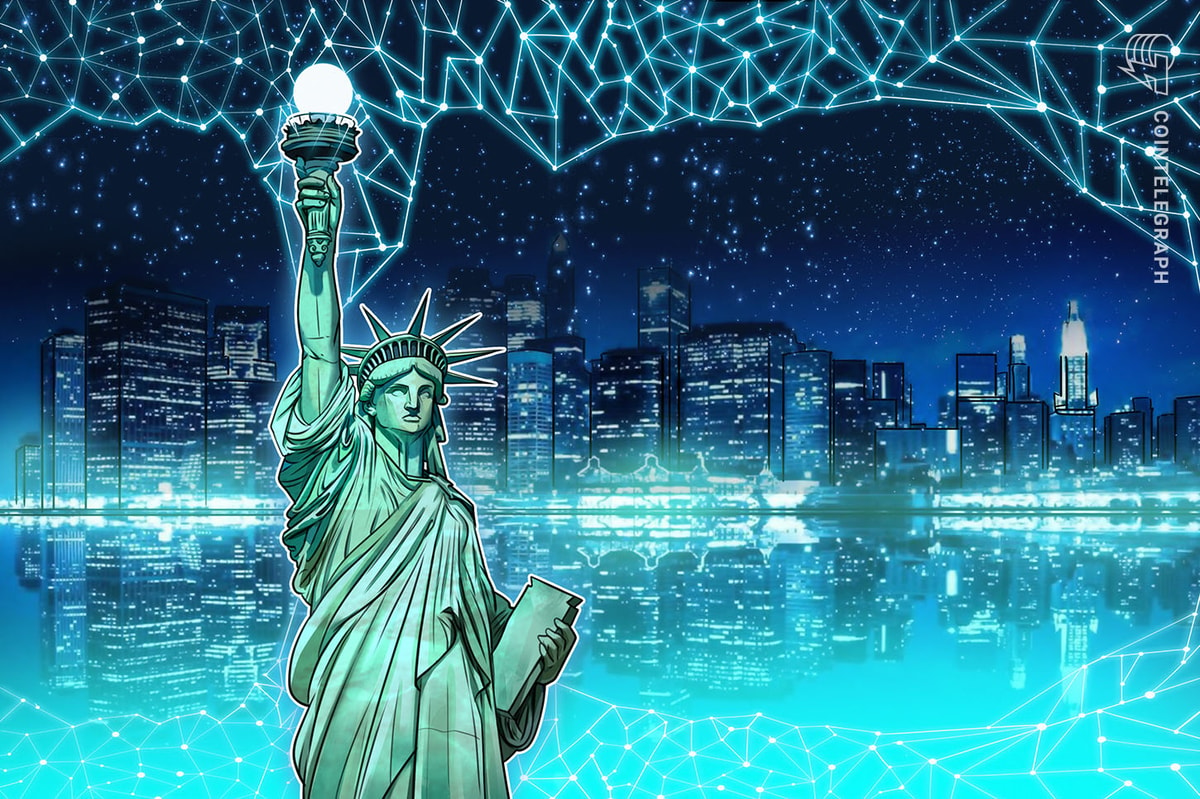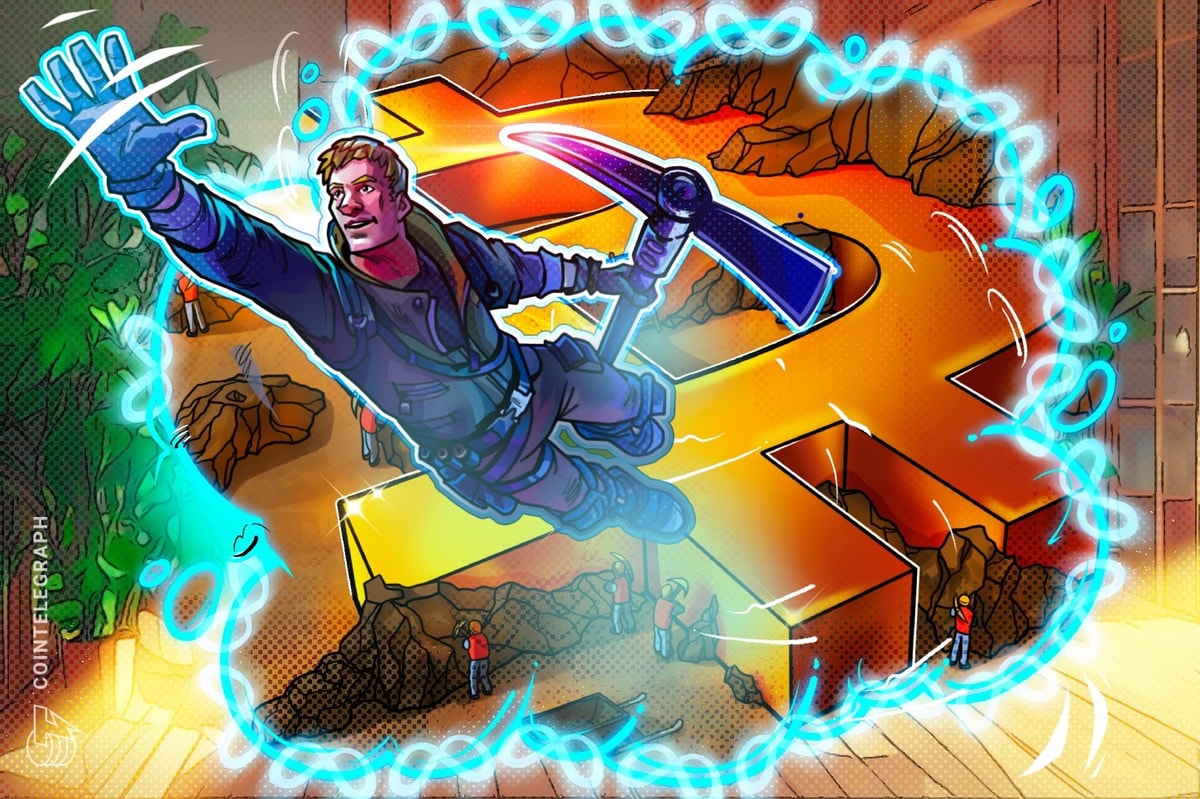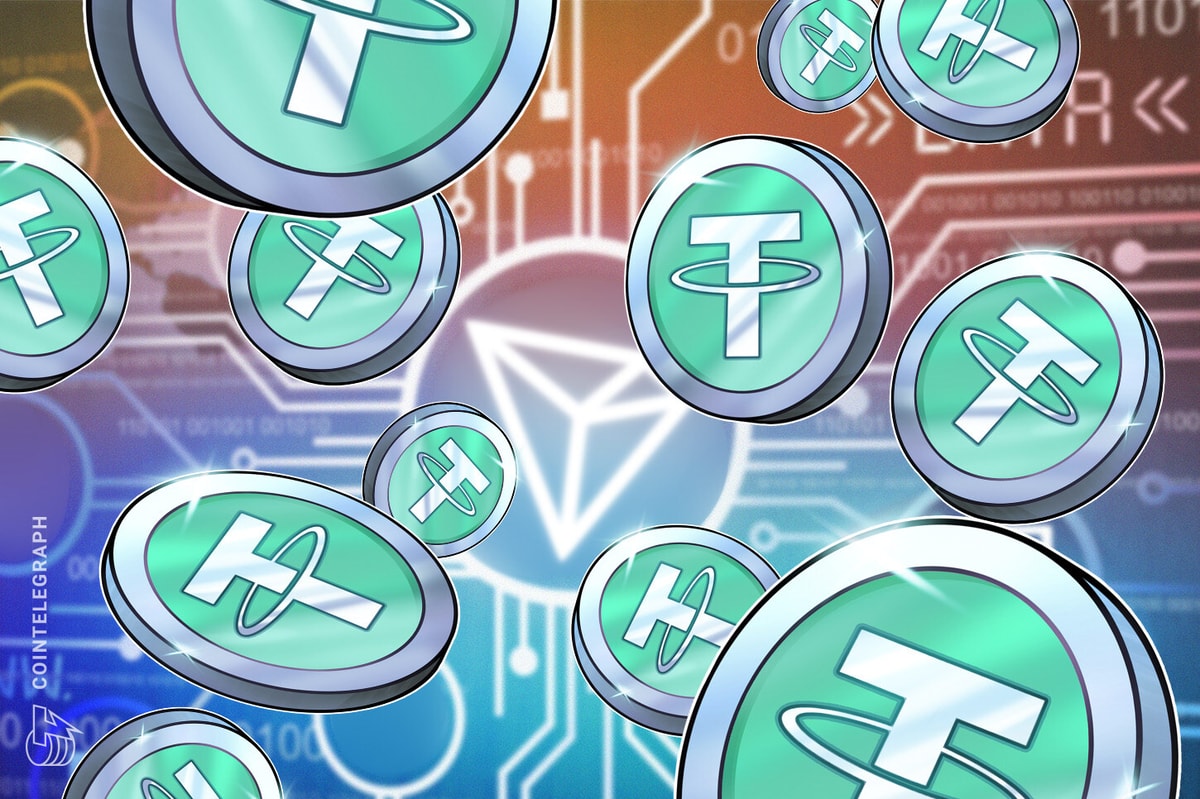It is said that there's nothing new under the sun, and when it comes to Blockchain that old saying may be true.
Blockchain is transforming various industries such as finance, food and healthcare, because of its publicly available and tamper-proof record keeping.
But is this technology really new? Perhaps not.
Micronesian stone money
The island of Yap sits in Micronesia in the western Pacific, nearly 1,050 miles southwest of Manila. For decades, the Yapese have fascinated economists and anthropologists because of their use of primitive currency known as rai stones.
In terms of size, rai stones range from small coin-like limestones with a hole in the middle, to gigantic discs that weigh up to four tons.
Economic theory says that to be useful, money needs to be universally valued by its users. And the Yapese love their rai stones for two reasons.
First, because Yap island doesn't have any limestone deposits. And secondly, over the centuries the stone money became culturally significant — used as a medium of exchange in social dealings such as marriage, public gatherings and alliances.
Interestingly, what took place in the early days of rai stones parallels the birth of Bitcoin.
Around 700 to 1,000 years ago the Yapese's ancestors traveled via bamboo canoe and raft some 300 miles to Palau island where limestone is abundant.
The Yapese then bartered with the locals and gave them beads, coconuts and other goods for the privilege of quarrying their limestone. Commodity-money was exchanged between the two tribes and the giant discs were brought back to Yap and eventually became a store of value.
The 17th century political philosopher John Locke wrote that while the earth is common property of humankind, when an individual adds their own labor to a foreign object, it becomes their own because they have added their labor.
The Yapese's quarrying of limestone and converting these to rai-stone currency gives us pause regarding the early days of cryptocurrencies. You could say that a small number of miners invested computing resources in order to "quarry" new Bitcoins. Their labor added value to the new currency.
Beauty lies in the eyes of the beholder. In Bitcoin's case, part of its value is derived from the significant labor and cost it took to mine it, as well as, the currency's implied future scarcity, given that only 21 mln units will ever be mined while the global population ever grows.
Back to Yap. Ownership of Yapese's rai stones can be transferred through public acknowledgement and validation. Let's say you wanted to buy a nipa hut. You could verbally transfer ownership of a rai stone without having to move the disc's location.
As long as fellow villagers know about the transaction, your purchase is legit. Kind of like crowdsourced recordkeeping.
Sounds familiar?
Blockchain's distributed ledger technology means that other people (i.e., their computers) acknowledge and validate your deal.
Soon, Blockchain's application in other industries will mean that digital ledgers will provide an audit trail of food supplies, voting rolls, patient data and other information — public acknowledgement of billions of transactions that make records both accurate and transparent.
According to local lore, a large rai stone was accidentally dropped and sank to the ocean floor. It was never recovered but the Yapese reasoned that the stone must still be there and therefore could continue to be exchanged.
What matters then — either with stone money or cryptocurrencies — is that ownership is clear to everyone and not necessarily that these objects are physically accessible to the relevant parties.
In 1991, the famed economist Milton Friedman compared the rai stones to France's 1932 repatriation of gold reserves from the New York Federal Reserve to the Bank of France. Tons of gold were physically shipped back to France but the value of the French's gold holdings remained the same.
Why? Because the French already listed the metal asset's value on its books; they were simply transporting their assets to a different location.
Friedman also found the stone money's use as similar to the gold at Fort Knox that the US government holds on behalf of foreign governments. It's about all parties acknowledging who is the rightful owner of the asset regardless of where the gold is stored.
You could say that the Yapese literally use a concrete form of money. They challenge our basic assumptions of what money really is, and help is rediscover the meaning of value.
Since some people no longer believe that fiat currency is a legitimate store of value, modern forms of tangible money are seeing record price levels, such as Bitcoins and (electronic statements of) gold and silver holdings.
If money — at its core — is merely data, then it requires only accurate, transparent and secure recordkeeping as a way to track transactions, balances and ownership.
- By Marvin Dumont











